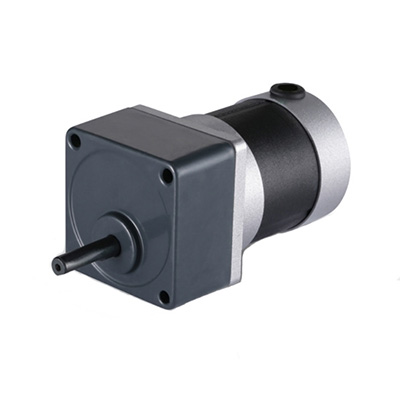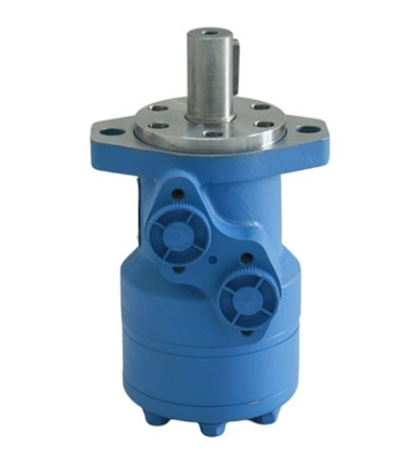What is the Difference between Gear Motor and Orbital Motor?
Gear motors and orbital motors are two different types of motors, both serving the purpose of better speed regulation, but they differ considerably in appearance, principle of operation, purpose, construction, and principle of operation, resulting in different performance and applications. The following are their main differences.
Transmission Principle: Gear motors rely primarily on the meshing of gears with each other to transmit power, whereas orbital motors use the meshing of a cycloid wheel with a pin gear. Gear motors usually contain one or more gears as well as the core of the motor. These gears can be two or more of different sizes, large and small, and they bite into each other to transmit power. The core of the motor usually includes components such as coils, magnets, and bearings. When an electric current passes through the motor's coils, the resulting magnetic field interacts with the motor's magnets to create a rotational force that drives the gears and the motor as a whole to rotate.
Orbital motors, on the other hand, are motors based on the orbital principle (also known as the circular gear principle), and are usually simpler in appearance, without a large number of components such as gears and bearings. At the heart of an orbital motor are two or more gears whose axes are tangent to each other on the circumference of a circle, and whose teeth are designed so that the rotation of one gear drives the rotation of the other gear in the same direction.
Transmission Efficiency: Orbital motors typically have high transmission efficiencies of 90% or more, while geared motors have relatively low transmission efficiencies. This is because an orbital motor utilizes rolling friction, while a geared motor uses sliding friction.
Load carrying capacity: Orbital motors have a high load carrying capacity, thanks to their special pin gear structure. Gear motors have a relatively low load-carrying capacity, which is limited by the gear material and gearing method.
Service life: Orbital motors usually have a longer service life because their pin gear structure effectively distributes the forces and reduces localized wear. Gear motors, on the other hand, have a relatively short service life and are affected by gear wear.
Noise performance: Orbital motors produce less noise during operation. This is due to their high meshing performance and the superior construction of the pin gears. In contrast, geared motors have higher noise levels and may have some impact on the surrounding environment.
Size and weight: Gear motors are relatively small in size and weight, making them easy to install and maintain. Orbital motors, on the other hand, are larger and heavier and may require consideration of installation space limitations.
Cost and Price: Gear motors have relatively low manufacturing costs, which makes their market price usually more affordable. Orbital motors, on the other hand, have a higher manufacturing cost due to their higher transmission efficiency and load-carrying capacity and therefore may be slightly more expensive
Maintenance Requirements: Orbital motors require less maintenance due to their lower wear and longer service life. Gear motors, on the other hand, may require more frequent inspections and stricter maintenance. This ensures continuous and stable operation.
Applications: Gear motors are often used in applications that require high loads and precise control due to their high torque and precise positioning control, such as factory automation equipment, conveyor belts, and packaging machinery. Geared motors are more suitable for light and medium-duty applications such as packaging machines, transmission equipment, etc.
Orbital motors are commonly used in applications requiring small size, low noise, and long life, such as household appliances, medical equipment, office equipment, etc. due to their simple, compact structure and efficient working characteristics. Orbital motors are more suitable for heavy loads, such as cranes and mining equipment.
Customization: Gear motors have a simple structure and are relatively easy to customize to meet the needs of many different scenarios. On the other hand, the structure of orbital motors is relatively complex and difficult to customize.
The high power density of geared motors: Because of their high torque and power, geared motors are suitable for applications that require high loads.
High precision: The high positioning accuracy of geared motors ensures the accuracy and stability of the equipment.
Stability: Gear motors have a simple structure, run smoothly, and can withstand large loads and high speeds. Orbital motors have high output efficiency and can provide stable torque and speed.

